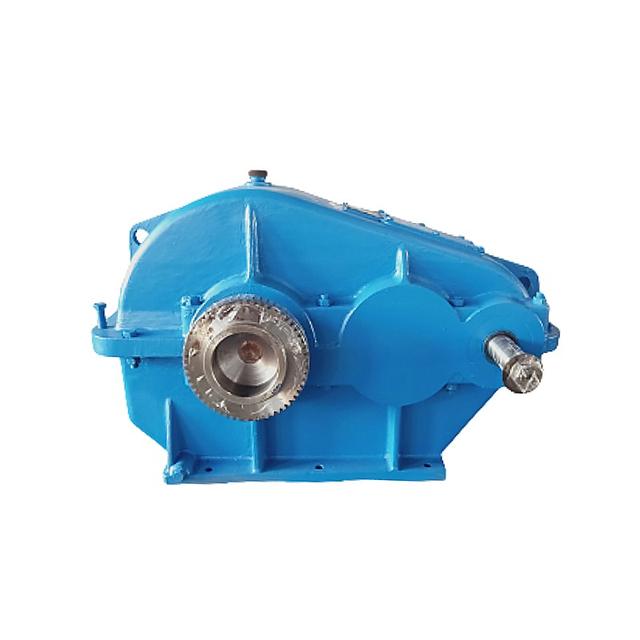The sealing performance of hard tooth surface gear reducer is of great significance to the normal operation and life of the equipment.
As an important equipment in the industrial field, the sealing performance of gear reducers is of great significance for the normal operation and lifespan of the equipment. This article will provide a detailed introduction to the sealing requirements for hard tooth surface gear reducers, including the following aspects:

1. Design requirements for reducer
The design of hard tooth surface gear reducers should comply with relevant national standards and have characteristics such as high strength, high precision, and wear resistance. In the design, the rationality of the sealing structure should be considered to ensure that the reducer will not have leakage or poor sealing during operation.
2. Selection of sealing materials
The selection of sealing materials is crucial for the sealing performance of the gearbox. Suitable sealing materials should be selected based on the working environment and working conditions of the reducer. For example, for high temperature, high pressure, and highly corrosive environments, sealing materials that are resistant to high temperature, corrosion, and wear should be selected, such as fluororubber, polytetrafluoroethylene, etc.
3. Determination of sealing structure
The sealing structure of a hard toothed gear reducer includes two types: static sealing and dynamic sealing. Static sealing mainly adopts methods such as O-ring, flange sealing, and thread sealing, while dynamic sealing adopts methods such as metal corrugated pipe, Glee ring, and Stuart seal. Suitable sealing structures should be selected based on the characteristics and working environment of the reducer.
4. Control of machining accuracy
The machining accuracy of hard tooth surface gear reducers also has an important impact on sealing performance. In the production process, the machining accuracy of components such as gears, bearings, and boxes should be strictly controlled to ensure the fitting accuracy and coaxiality between each component. At the same time, the sealing surface should be finely processed to improve the sealing effect.
5. Installation and maintenance requirements
The installation and maintenance of hard tooth surface gear reducers have a significant impact on their sealing performance and service life. During the installation process, it is necessary to ensure the accuracy and coaxiality of the fit between various components, and lubrication and maintenance should be carried out according to the requirements of the manual. In daily use, the sealing performance and lubrication condition of the reducer should be regularly checked to promptly identify and solve potential problems.
In summary, the sealing requirements for hard tooth surface gear reducers include design requirements, selection of sealing materials, determination of sealing structure, control of machining accuracy, and installation and maintenance requirements. Only by fully considering these factors can the sealing performance and service life of the gearbox be ensured.

